Things No One Tells You About Iceland in Winter
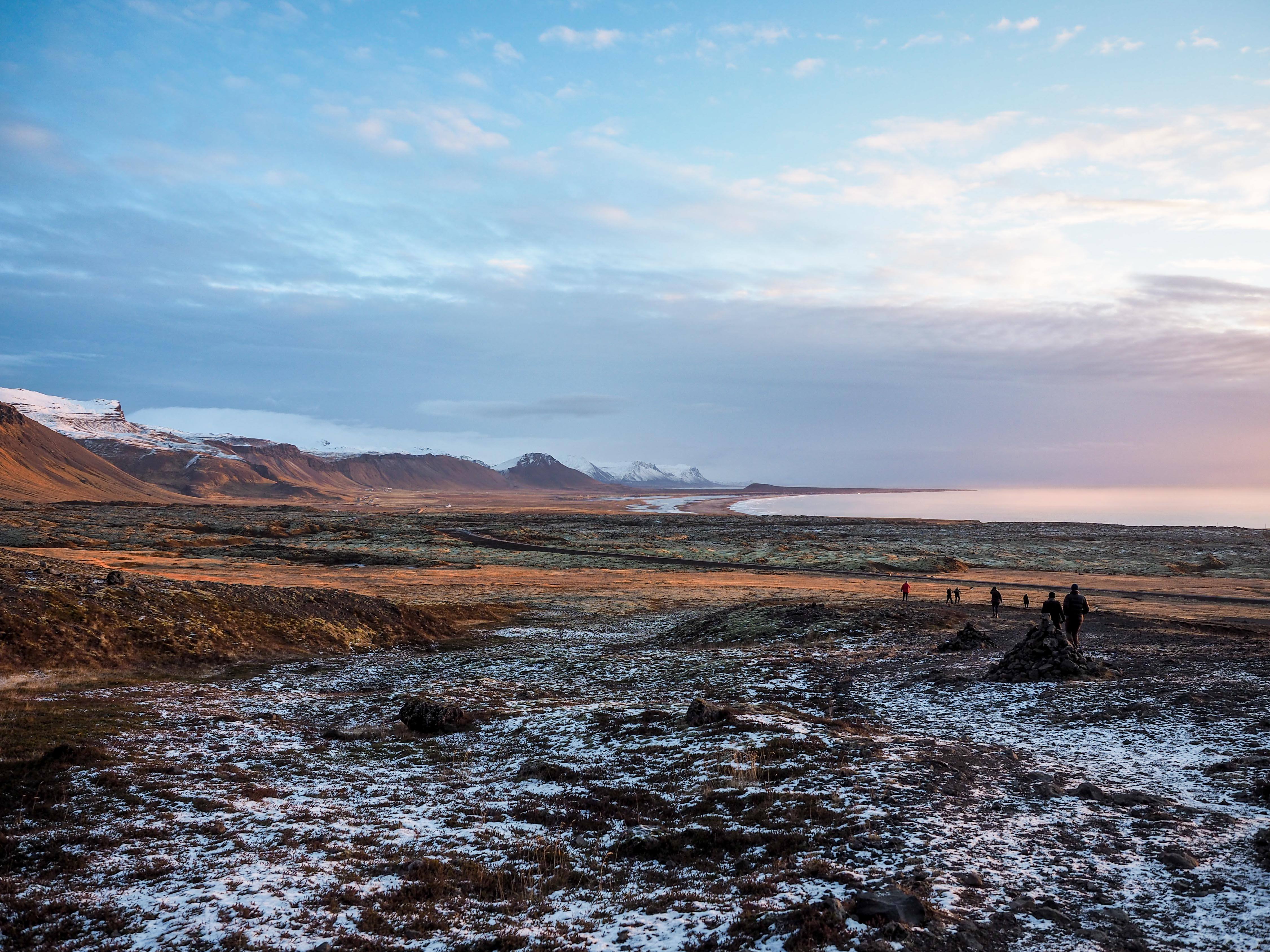
People tend to confuse Greenland and Iceland. And, to be fair, that was kind of the point.
The story goes that when the Vikings first headed off into the Atlantic to find more lands to conquer, they discovered the land masses that would eventually be called Iceland and Greenland. They had enemies, though (I suppose pillaging and being all violent and such does tend to lead to enemies), and were afraid that those enemies would follow them to their new developing settlement(s).
So they mis-named the islands on purpose. This way, enemies and marauders would skip “Iceland” altogether and make straight for the much more welcoming-sounding “Greenland.” And, since most of Greenland is actually covered in a giant icecap and basically uninhabitable, the enemies would usually die there.
Smart, those Vikings.
Today, of course, there aren't many marauders sailing the Atlantic in search of settlements (Viking or otherwise) to pillage. But the names of Iceland and Greenland have stuck nonetheless, continuing to confuse potential travelers.
So let's clear things up once and for all: while 10% of Iceland IS covered in glaciers, it's really not a cold, icy place like you might imagine.
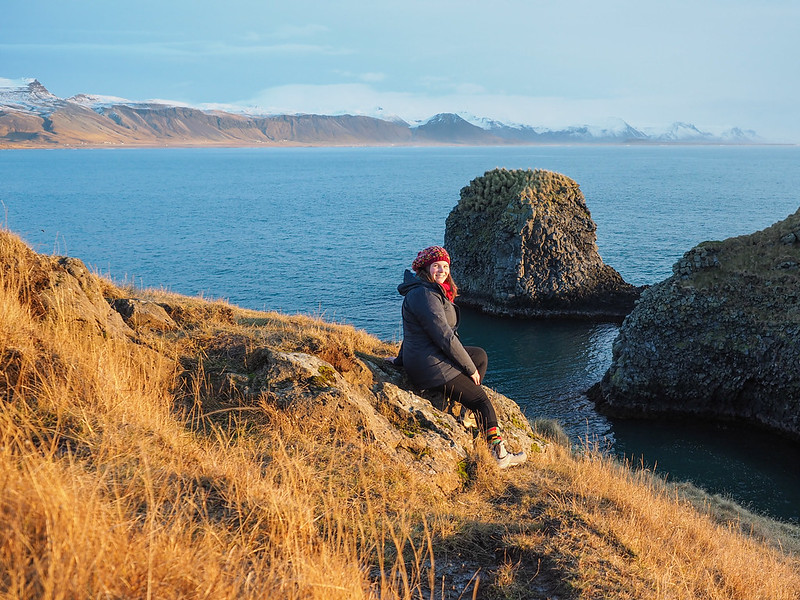
The cold and icy thing is probably the biggest misconception about Iceland – but definitely not the only one.
I've now been to Iceland twice in the winter, and before each trip I had people ask me why I would want to go someplace like Iceland in the winter.
So, along with reiterating that Iceland isn't actually covered in ice, let me shed some light on some of the other things you might not know about Iceland in winter.
Things to know about traveling to Iceland in winter
1. It's not all that cold
Iceland sits in the Atlantic Ocean between Greenland and Norway. You would assume that this would make for some bitterly cold winters – but not so. Iceland also happens to sit in the Gulf Stream, meaning that the country has a much milder climate than its location (and, yes, name) would suggest.
Iceland DOES get snow in the winter (especially up at higher elevations), but you're actually more likely to run into rain and strong winds than snow drifts.
This does mean, though, that you need to pack for any sort of weather eventuality is a must when going to Iceland in winter; you never know what you'll get, and things can change multiple times in one day. Waterproof layers are key.

RELATED: What to Pack for a Trip to Iceland in Winter
2. Lack of roads
Even though Iceland doesn't get the harshest of winters, there are parts of the country that get dangerous during the winter months.
The part of the country known as “the highlands” in the center of the island is pretty rugged to begin with, but in the winter the roads more or less disappear and become impassable unless you have a mega-super-duty jeep, satellite navigation, and experience driving in this part of Iceland.
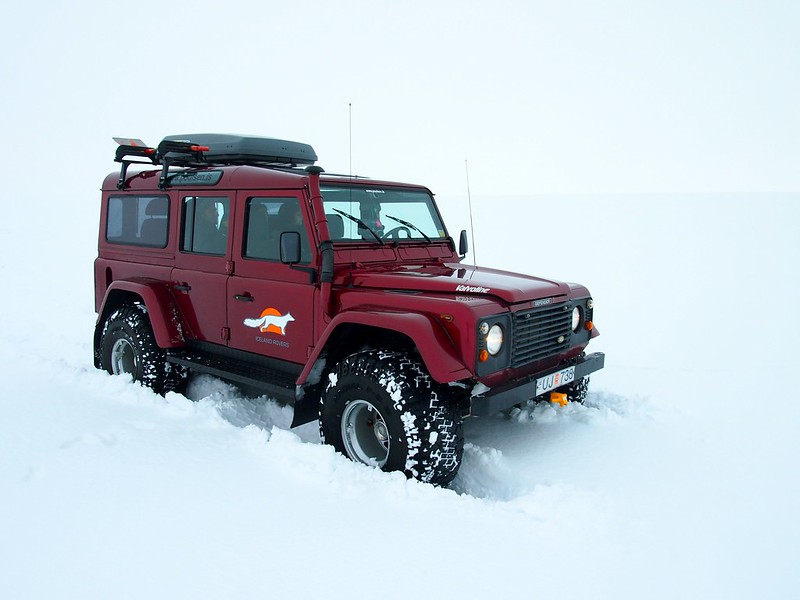
The roads into the Highlands effectively close during the winter months. Even if you rent a 4WD vehicle, you won't be able to access this part of the country after the end of October – so no day trips to Landmannalaugar!
(Honestly, if you have dreams of road tripping around Iceland, winter probably isn't the best time of year to do it unless you want to mostly stick to the inhabited west and south coasts.)
3. Tourism doesn't shut down
Even though some of the roads close in the winter, tourism itself doesn't slow down in the winter. Most tour companies operate regularly; everything – from hot springs and waterfalls and geysers and snorkeling between tectonic plates and horseback riding and even whale watching – is still very much a go, no matter what the season.
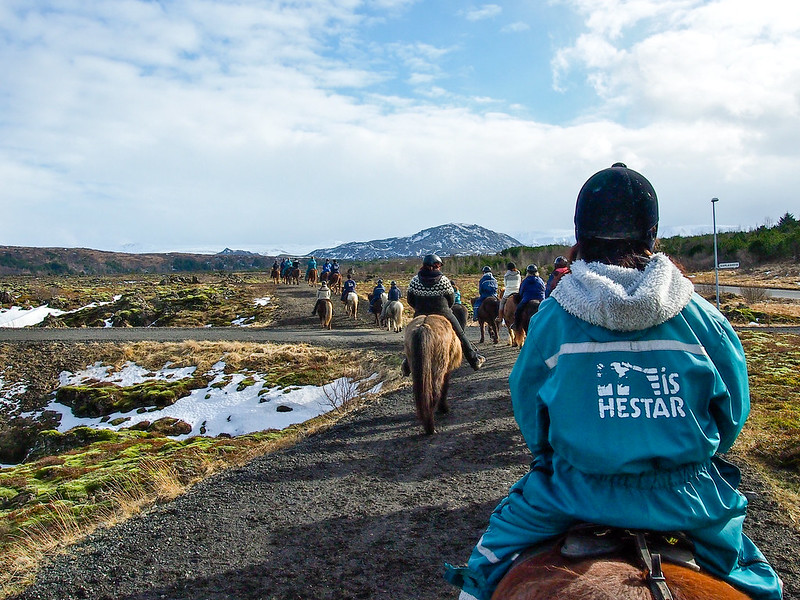
Most of the popular tours (Golden Circle, Blue Lagoon, trips to the South Coast beaches and waterfalls) run as day trips from Reykjavik, so you don't even really need to rent a car if you don't want to.
And if you want to go up into the Highlands to see glaciers and mountains in the snow, there are companies with the proper vehicles and trained drivers that can get you there.
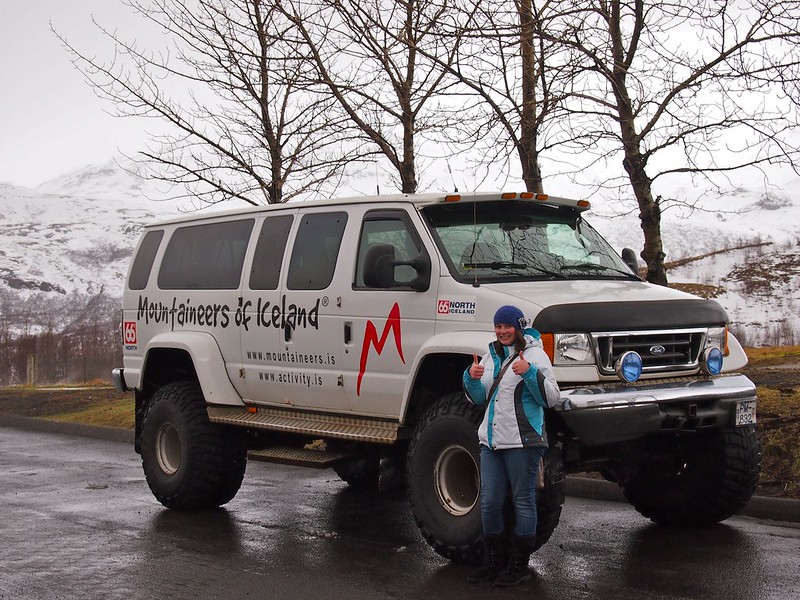
RELATED: Tours Worth Paying for in Iceland (and When to Save Your Money)
In fact, there are a few things you can *only* do in the winter in Iceland. Things like…
4. Ice caves! Northern Lights!
You may not see whales in the winter (or puffins, for that matter), but the things you CAN see more than make up for the lack of Icelandic wildlife. You can go glacier hiking and snowmobiling, and also see things like ice caves and the Northern Lights!
Ice caves are always forming beneath Iceland's glaciers, but it's only in the winter months that it's safe to go inside them. Tours run frequently to the caves beneath Vatnajökull (Iceland's largest glacier) starting in November each year.
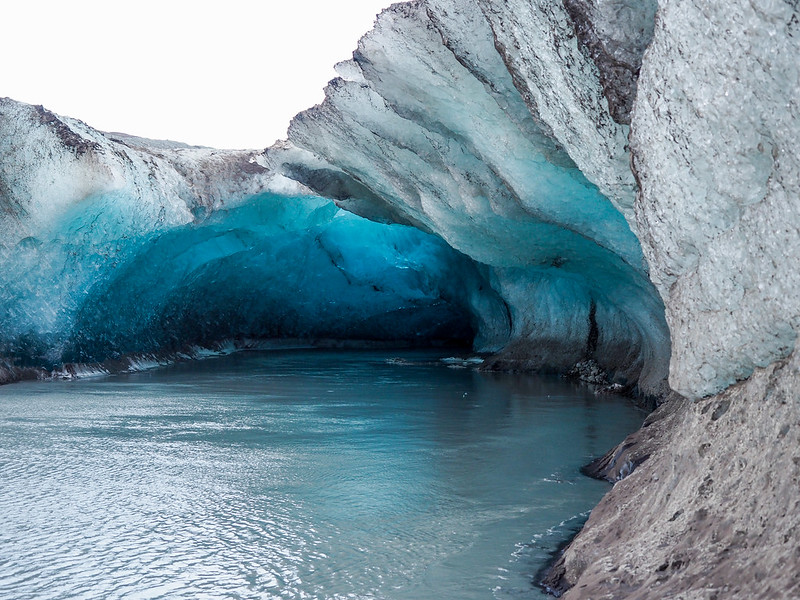
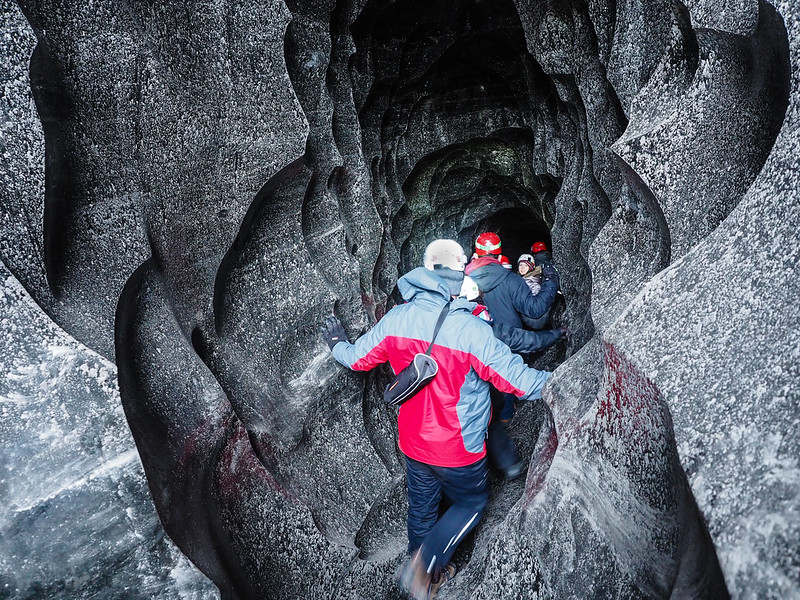
The Northern Lights, too, are best viewed in the winter (generally from September to March) when nights are longer and therefore darker.
The volatile winter weather won't always cooperate for aurora viewing, of course, but winter is your best bet for catching a show.
RELATED: 9 Lies (and One Truth) People Tell You About Seeing the Northern Lights
5. Long sunrises (and sunsets)
Since Iceland sits fairly far north, this means that it has long days during the summer and short days during the winter. Hearing that you may only get 6 hours of daylight in a day may not sound very appealing at first, but winter days in Iceland are special because of the loooong sunrises and sunsets.
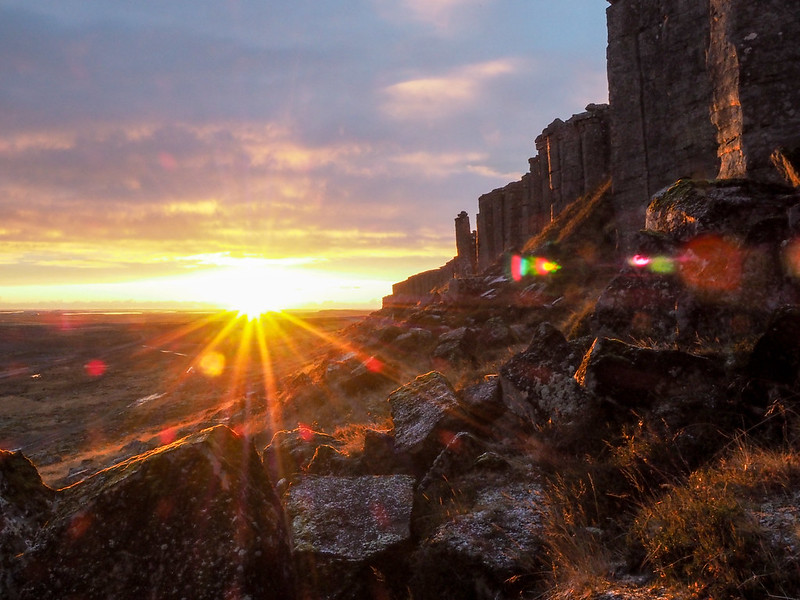
Especially if you love photography and the magical blue and golden light that surrounds dawn and dusk, then you'll love Iceland at this time of year.
You don't have to get up early for sunrise, and you don't have to worry about rushing to catch the golden sunset light since it lasts for nearly an hour on a clear day.
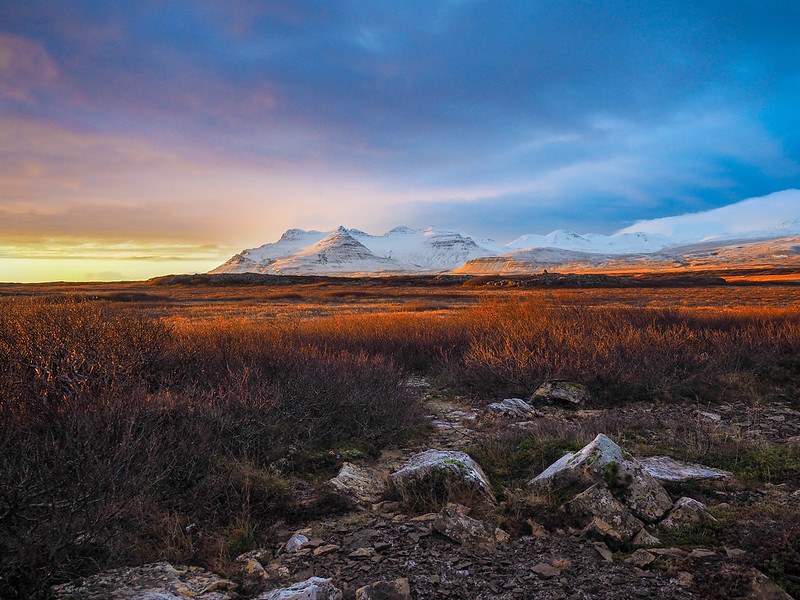
6. You can find great deals
There are so many misconceptions about Iceland in winter – and this means that winter isn't nearly as popular when it comes to tourism. This is good news, however, because it means that you can often find great deals during the darker months in Iceland.
Hotels offer discounted prices, tours aren't as crowded, and you can usually find flight deals, too.
If you haven't considered a trip to Iceland in the winter yet, perhaps it's time you did!

READ NEXT: A 10-Day Itinerary for Iceland in Winter (Without Renting a Car)
What to pack for Iceland in winter
You can check out my full packing list for Iceland, but here are the essentials:
Warm and waterproof layers – The weather in Iceland is extremely changeable and unpredictable depending on where in the country you are, so you definitely want to pack layers that will keep you warm and dry. I recommend a good base layer (like silk leggings and a thermal top), an intermediate layer (like a good fleece or wool layer), and an outer layer that will keep you both warm and dry (my Columbia ski pants and long Lay-D Down jacket were perfect).
Good winter shoes – You absolutely need warm, waterproof shoes for winter in Iceland. I have a pair of Merrell Polarand boots that I absolutely love. If you don’t have heavy-duty boots and don’t want to purchase them, consider picking up a pair of Yaktrax that you can affix to your shoes to give you more grip in slippery conditions.
Warm socks – You'll want good socks to go with your good winter shoes, and these Heat Holders do exactly what they promise: they keep your feet incredibly warm even when it’s really cold out. (You can also grab some HotHands for your hands and feet if your extremities tend to get cold easily.)
And, even though it’s not a tangible item, I also always recommend packing a good travel insurance policy! That way everything from lost luggage to a bad accident is covered – because you just never know! I recommend World Nomads for basic (and really affordable) travel insurance.
Who's ready to travel to Iceland in the winter?
Pin it for later:
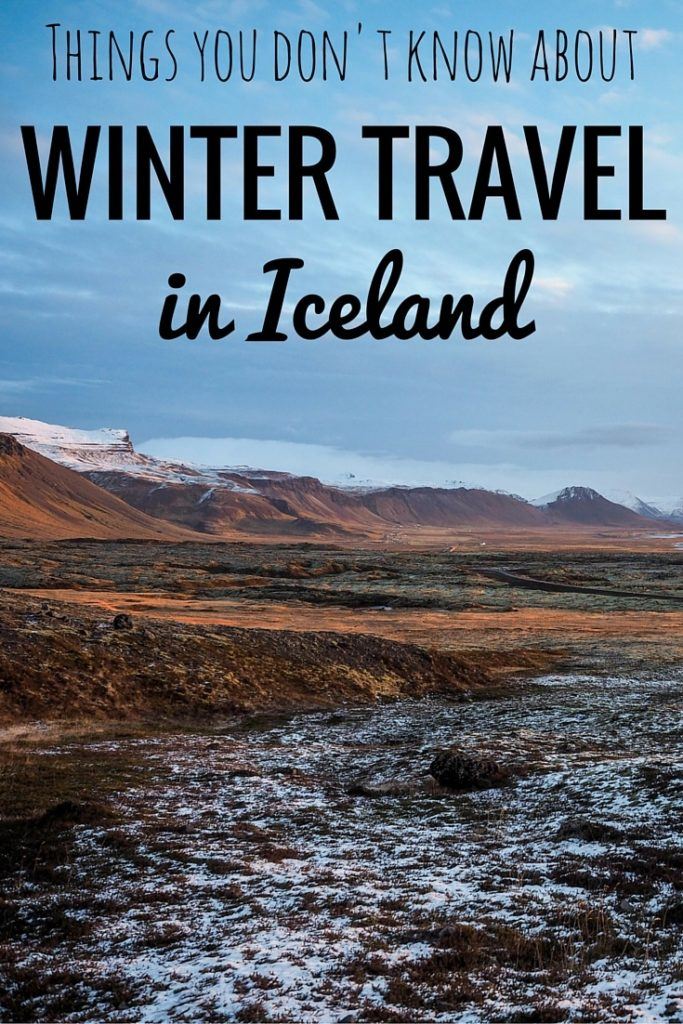

Amanda Williams is the award-winning blogger behind A Dangerous Business Travel Blog. She has traveled to more than 60 countries on 6 continents from her home base in Ohio, specializing in experiential and thoughtful travel through the US, Europe, and rest of the world. Amanda only shares tips based on her personal experiences and places she's actually traveled!










Very well done. I have been to Iceland 17 times, just returned last night, and did much of what was on here in, with the exception of snorkeling and the Ice lagoon in 6 days.
17 times! Wow! That’s amazing!
Hi Amanda,
Thank you so much for this article, it motivated me even more to go.
My plan was to do the golden circle by walk and wild camping on 10-15 days… But considering the climat, do you think it’s realistic? And not too dangerous?
Thanks a lot for your help 🙂
In the winter? I definitely would not recommend doing it in the winter because I think it would indeed be quite dangerous. As for other times of year, I really can’t speak to that as I have zero wild camping experience – I would contact an outdoor or hiking company in Iceland with that question!
Really enjoy your blog! My wife and I just returned from Iceland and Germany trip. Who knew they had a beer drinking event in Munich in September! Just kidding! Oktoberfest was fun. The Iceland portion of our trip was awesome. We crammed so much in 4 days. We do want to go back in the Winter! Found Reykjavik to be a very walkable city. We did see the Northern lights last month and got some awesome pictures.
Lucky you seeing the Northern Lights! I’ll keep using that as my excuse to go back to Iceland. 😉
My boyfriend and I are going to Iceland on Halloween!!! Staying for a week then flying to Germany from there! We cannot wait! We are travel photographers and we are obsessed with photographs of Iceland! Pretty magical place!
If you’re into photography, then you will LOVE Iceland!
[…] is important to remember when traveling in Iceland – especially when traveling in Iceland in winter, when the weather can literally change in an instant and even the best-laid plans can be […]
I was there in summer, but winter looks just as terrific, especially those ice caves.
It is! Iceland is a great destination, regardless of what time of year you go!
That’s so interesting! I had no idea the Vikings misnamed the islands on purpose. Smart indeed! Air Baltic has just announced direct flights between Riga and Reykjavik so maybe I’ll make my first trip to Iceland this year!
That’s how the story goes! And I suppose it does make sense!
I would definitely recommend taking advantage of that new flight route! Reykjavik is great.
Travelling to Iceland this winter is definitely in my plans. I was sad to find out that there would be no puffins in winter, but the fact that golden hour lasts much longer kind of makes up for that 🙂
There are trade-offs, for sure, but I think winter in Iceland is still so awesome!
I’ve always reallyyyy wanted to visit Iceland. Checking out the ice caves & Northern Lights sounds so freaking cool! Have you ever visited Iceland during the summer? If so, which would you recommend for a first-time visit? I ask because I’ve heard some pretty cool things about Iceland in the summer too, like road-tripping around to see pretty rolling hills and waterfalls and whatnot.
I haven’t been to Iceland in the summer, but it’s definitely the best season for road tripping. There are so many waterfalls and black sand beaches and awesome scenery – although you can see a lot of it in the winter, too!
Haha, what a cool story about the Vikings! I didn’t know:-) I am staying tuned for more Iceland posts…
Iceland has lots of cool stories! Definitely stay tuned for more in the next couple of weeks!
Great pics. Can’t wait for your post on the ice cave tour!
Thanks! Glaciers and ice caves are coming up soon!
That’s some great information. It’s a bit surprising that Iceland isn’t all that frigid in winter. But that obviously makes the country even more wonderful to visit in the winter. That image of the sun looks beautiful.
Yup, it’s actually a great winter destination! I mean, you still need some cold-weather clothing. But it’s much more mild than most people think!
Great post! Will you be writing on the different tour companies you used on this trip?
I’ve already written about our snorkeling trip and the tour we took to the Snaefellsnes Peninsula – and you can find some older posts on my Iceland destination page about the tours I took on my first trip to Iceland. 🙂 Still to come will be a post about an ice cave tour!
Perfect, thanks Amanda! I’ll take a look at those posts 🙂
Great article! I’ve always wondered about traveling in Iceland in the winter. Thanks to this article we’ll be going!
DEFINITELY go! The northern lights are probably one of the main selling points of winter there, but it’s so pretty in the snow too. 🙂 I’d say go around November or February as December has the shortest days.
And even if you don’t see the Northern Lights (I’ve been there twice in winter and never got to see them), it’s still very much worth going.
Awesome to hear, Marvin! I don’t think you’ll regret it!